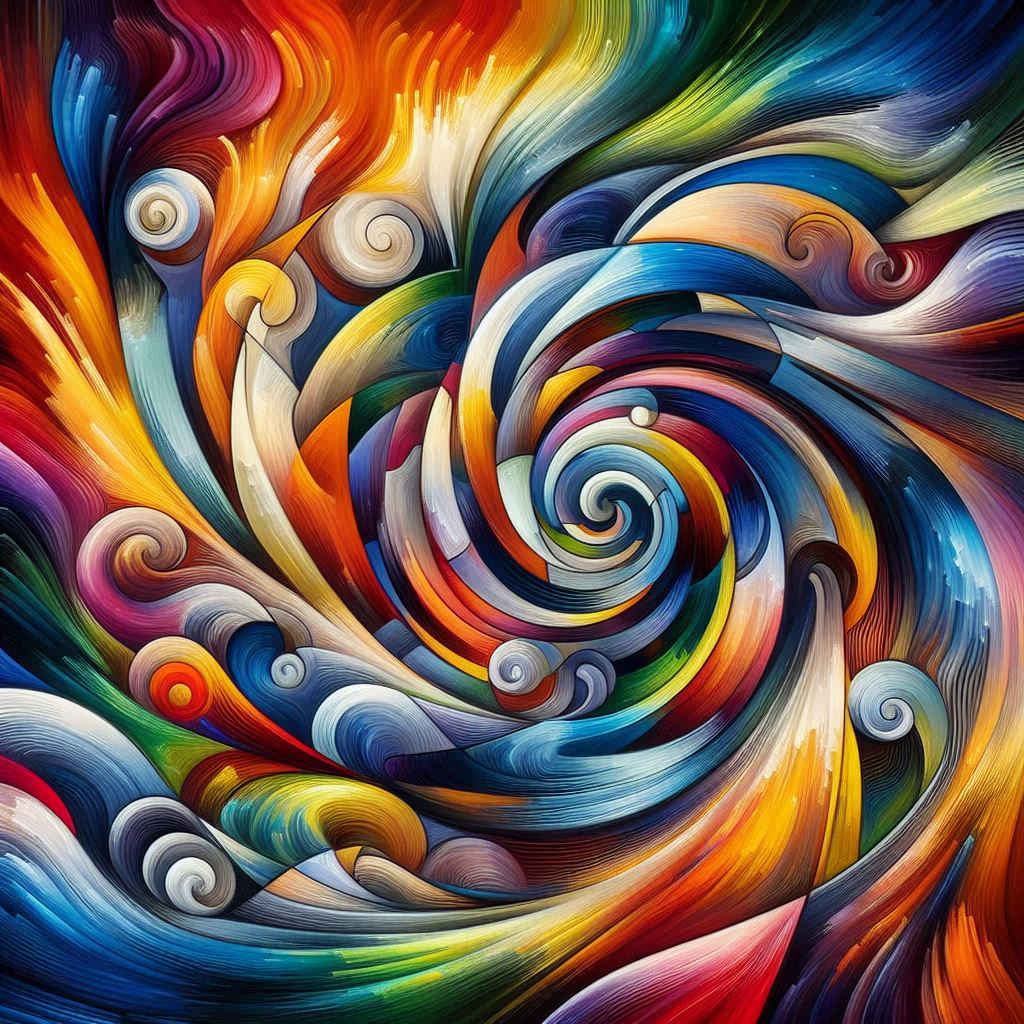Abstract art, often perceived as non-representational, has long served as a conduit for exploring mythological themes. By eschewing literal depictions, abstract artists delve into the symbolic and emotional essence of myths, offering viewers a more introspective experience.
In the early 20th century, artists like Wassily Kandinsky and Hilma af Klint pioneered abstract art infused with spiritual and mythological concepts. Their works aimed to transcend the physical realm, tapping into universal truths and archetypes. This approach aligns with the idea that abstract art can embody virtues such as spirituality and purity .
Contemporary artists continue this tradition, using abstraction to reinterpret mythological narratives. For instance, Cy Twombly’s “Leda and the Swan” series presents the Greek myth through expressive gestures and symbolic forms, capturing the story’s emotional intensity without explicit imagery .ArtDealerStreet
Similarly, Ewa Gargulinska’s paintings merge abstract and figurative elements to explore themes from Greek mythology. Her use of color and form evokes the psychological depth of mythological figures, creating a dialogue between ancient stories and modern sensibilities .Wikipedia
Abstract art’s capacity to convey complex ideas makes it a powerful medium for reimagining mythology. By focusing on the emotional and symbolic aspects of myths, artists invite viewers to engage with these narratives on a personal level, fostering a deeper understanding of their enduring relevance.

